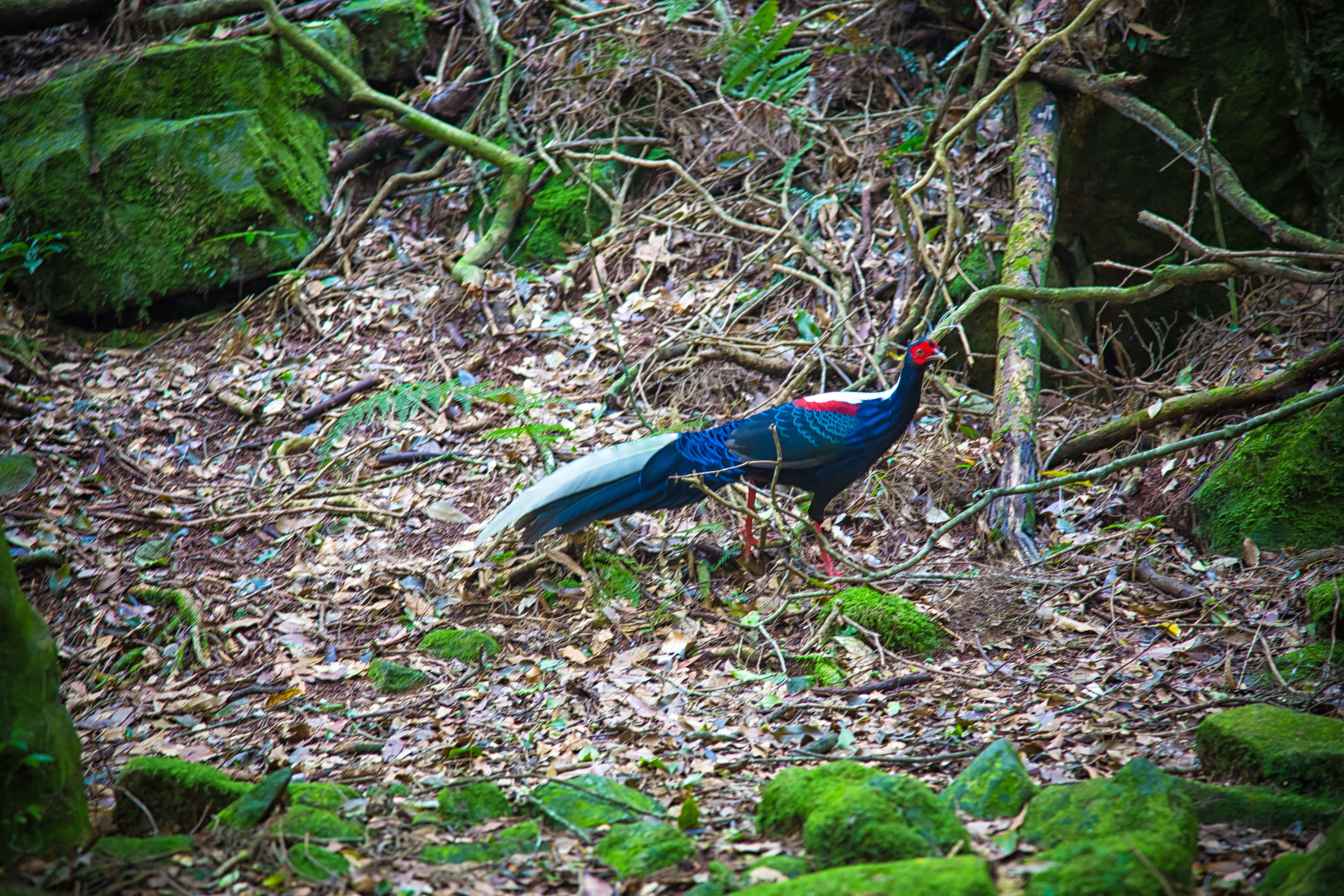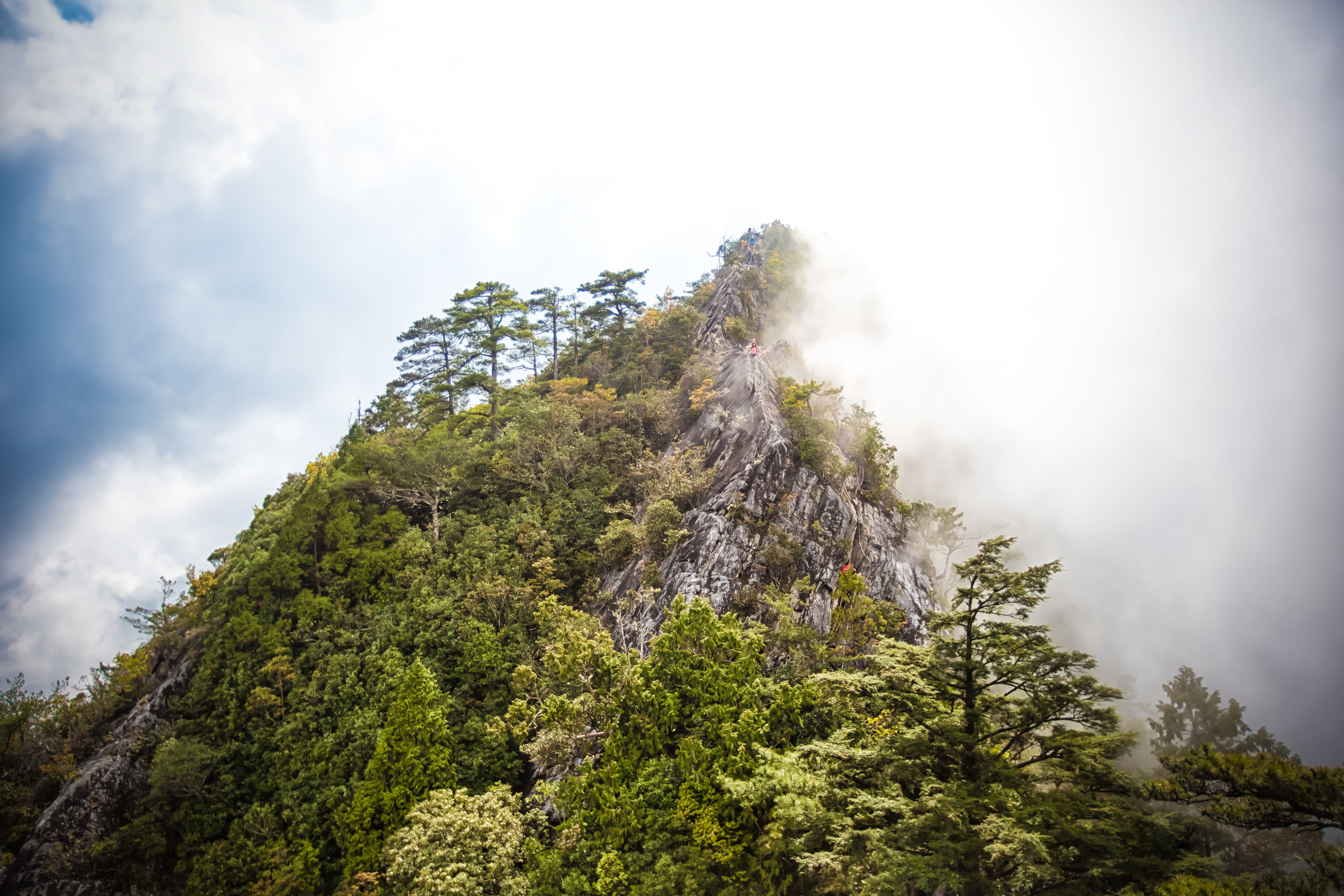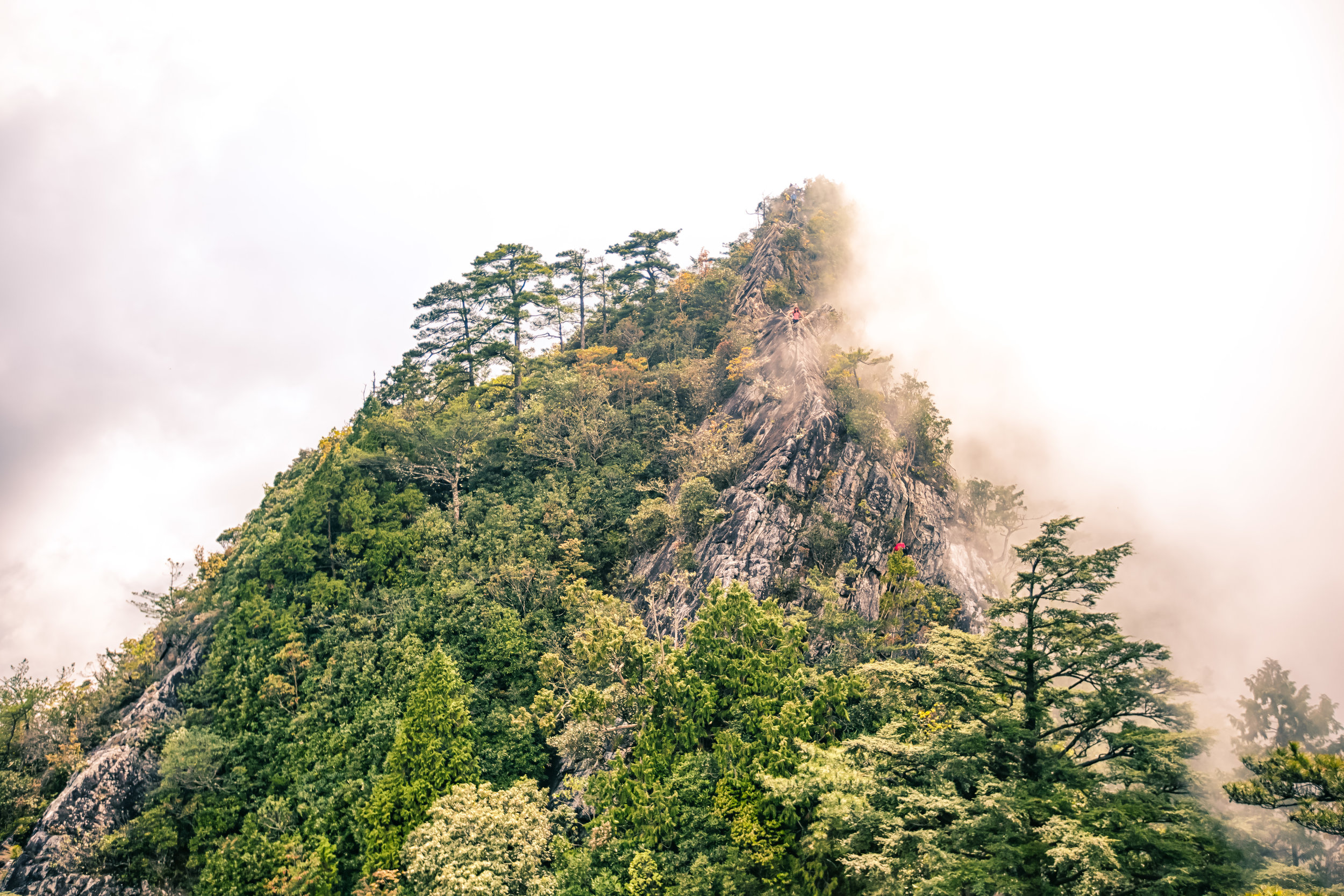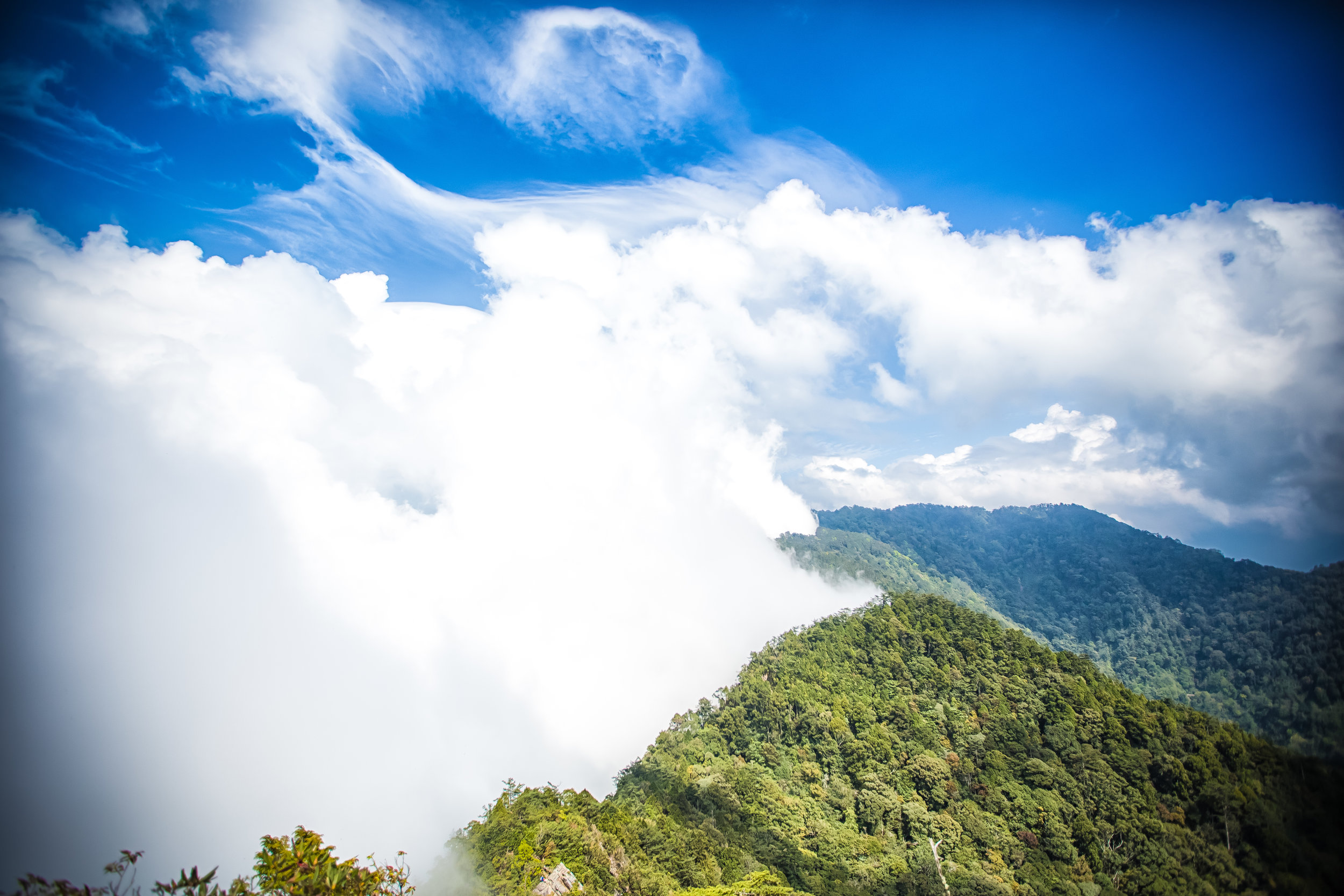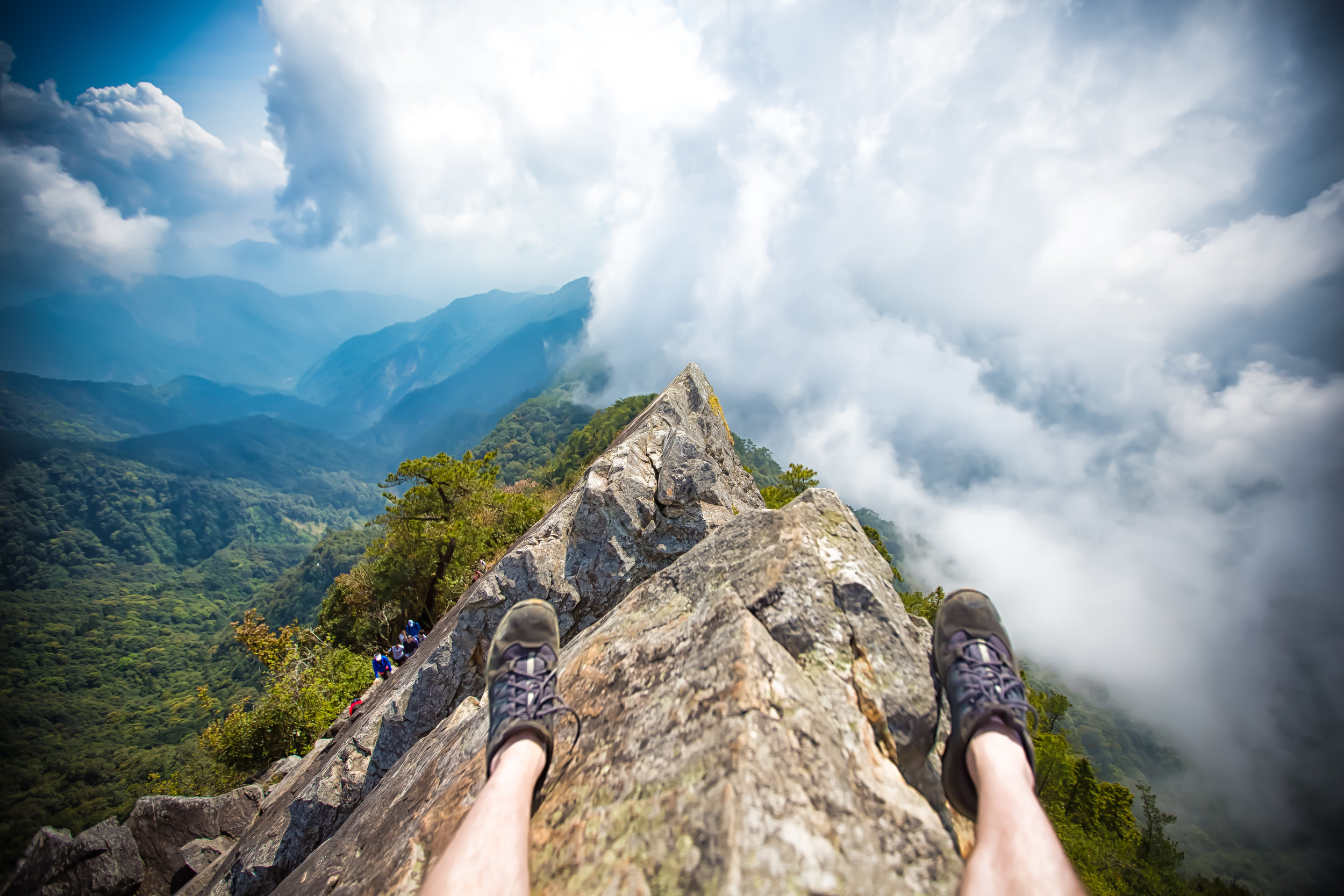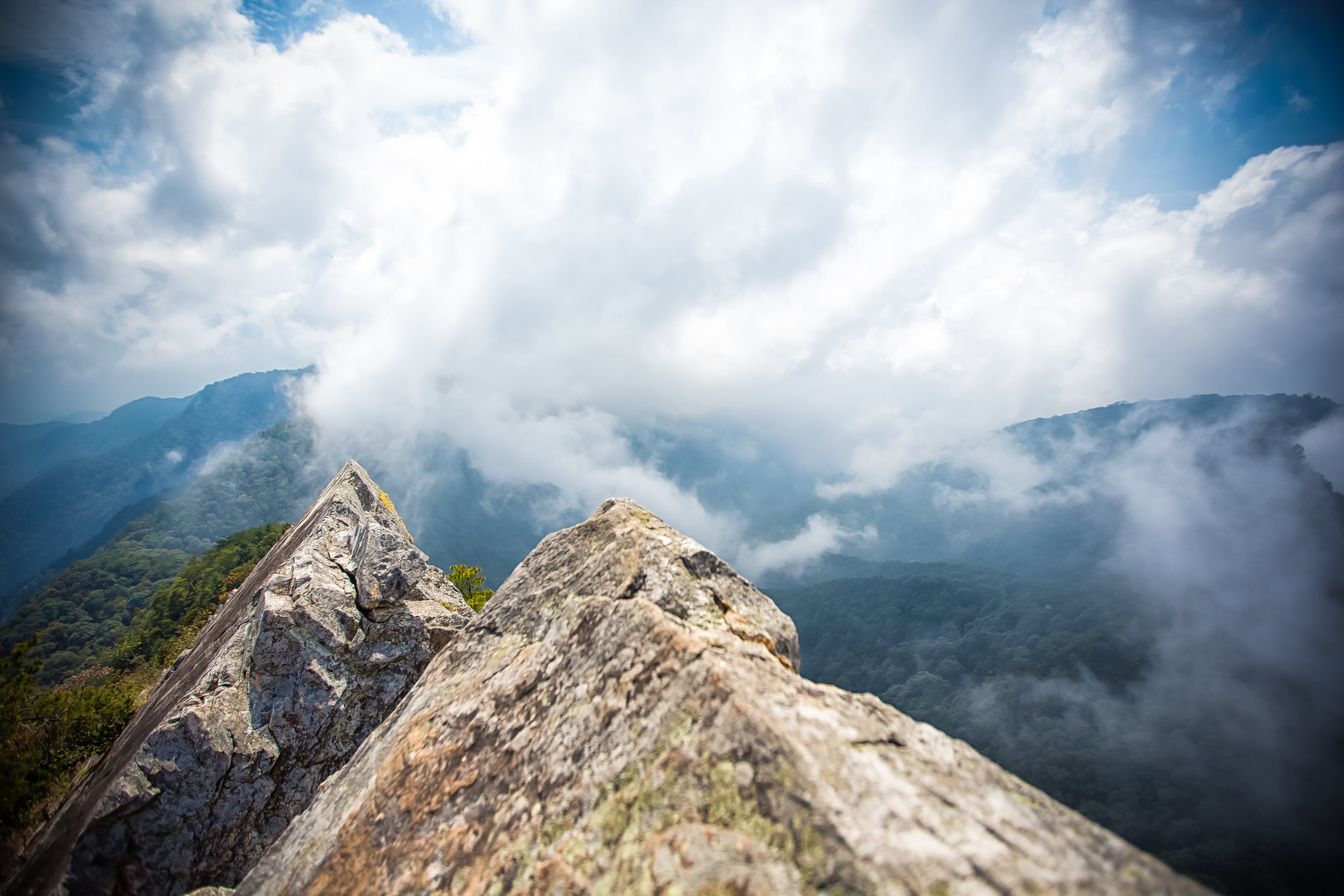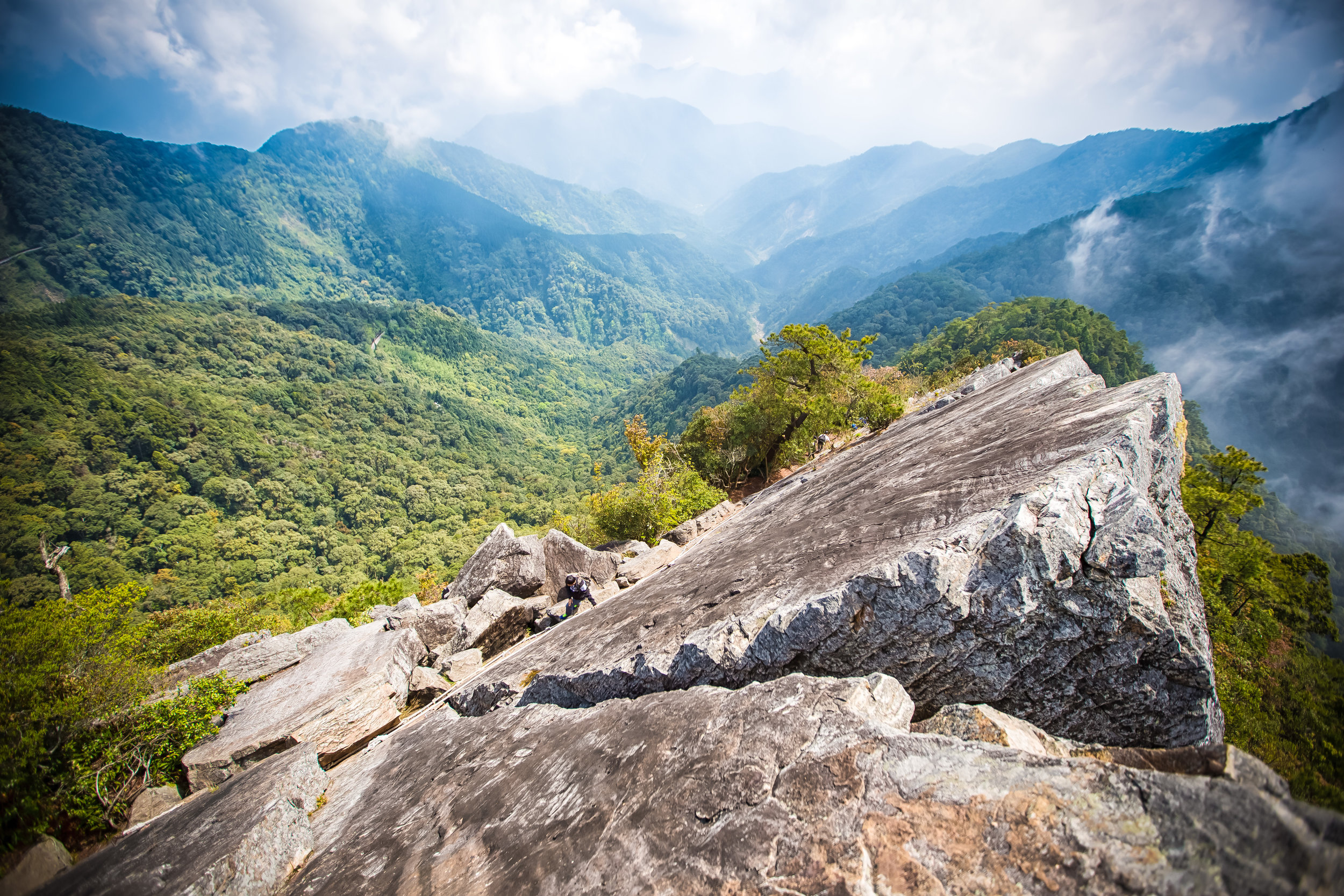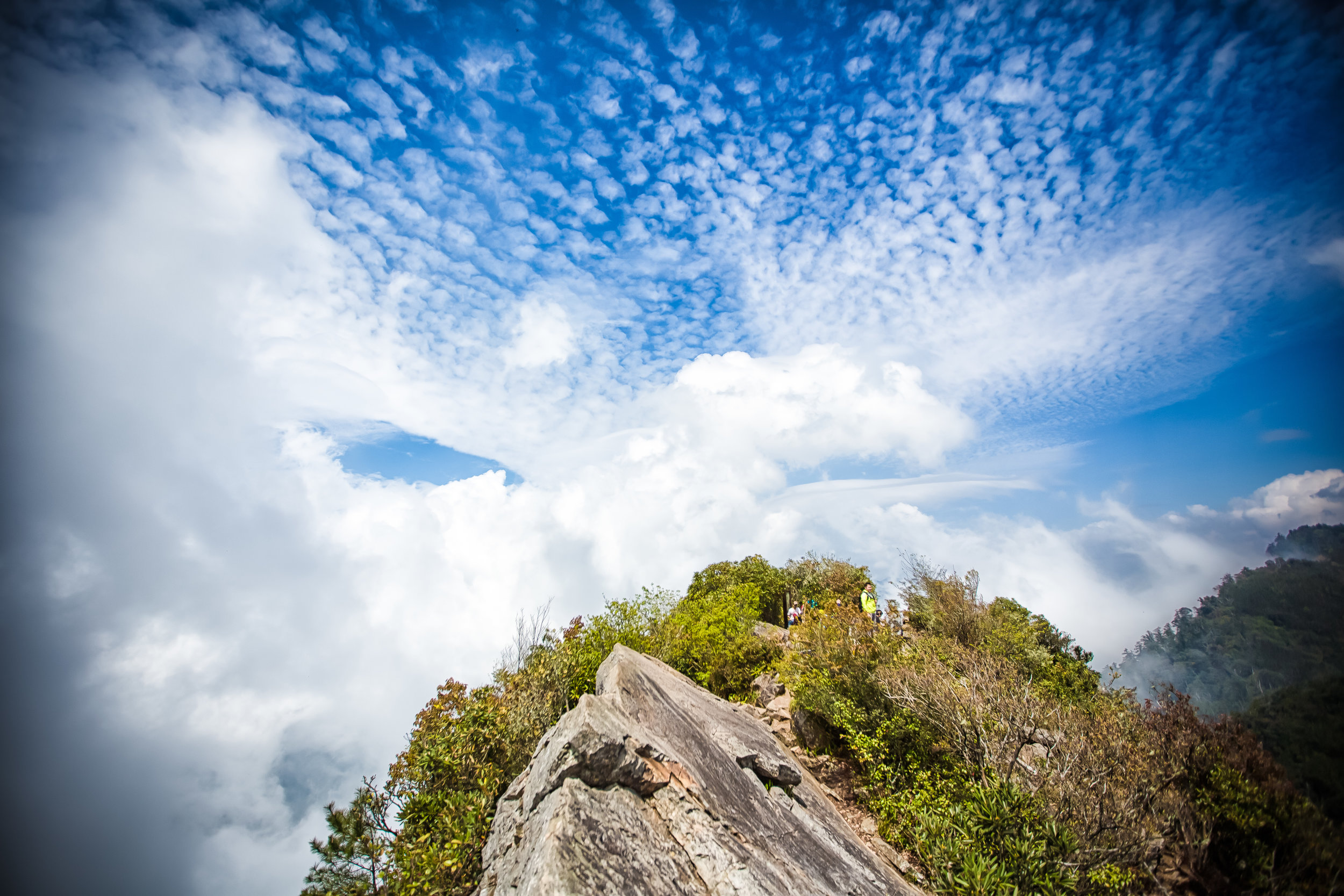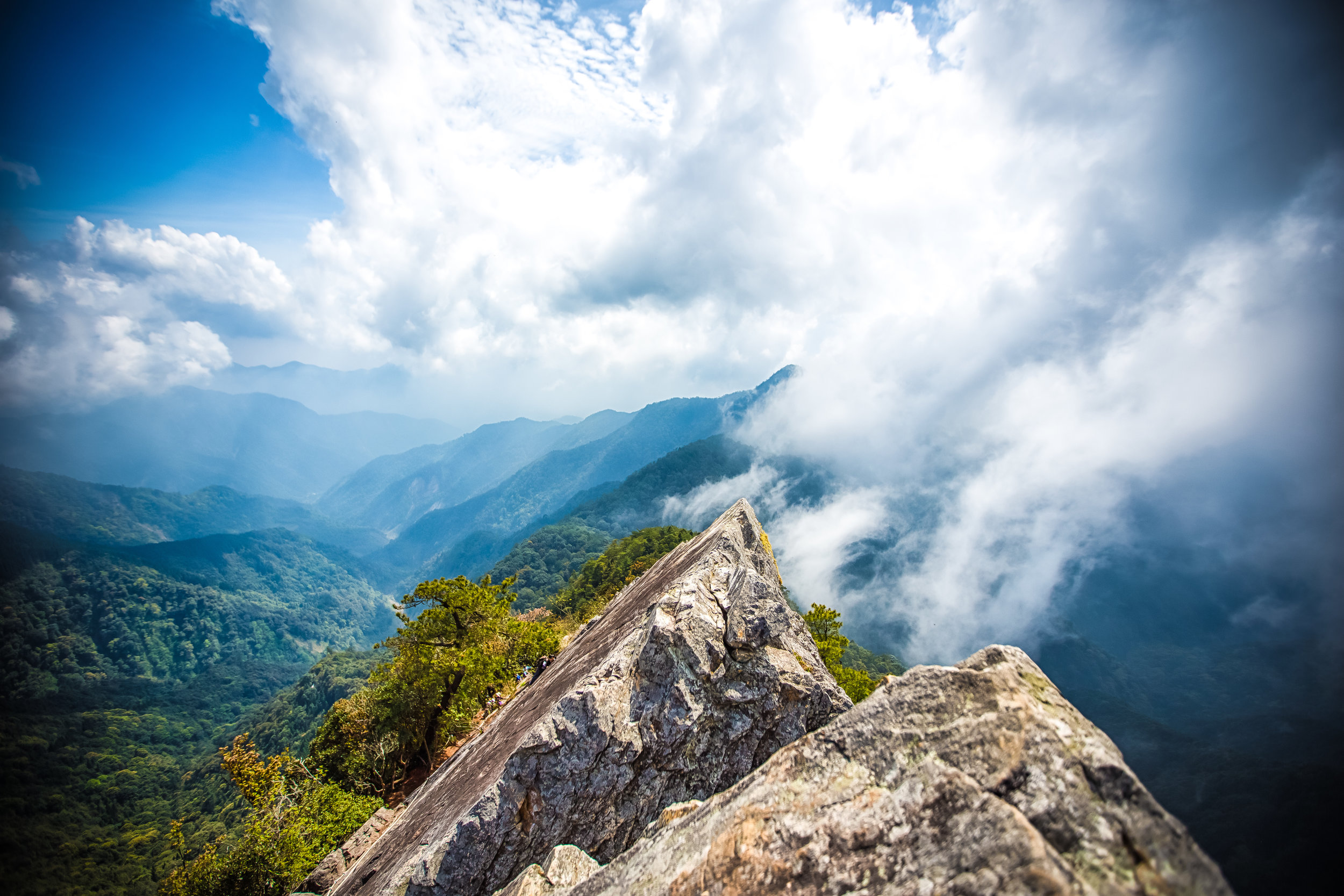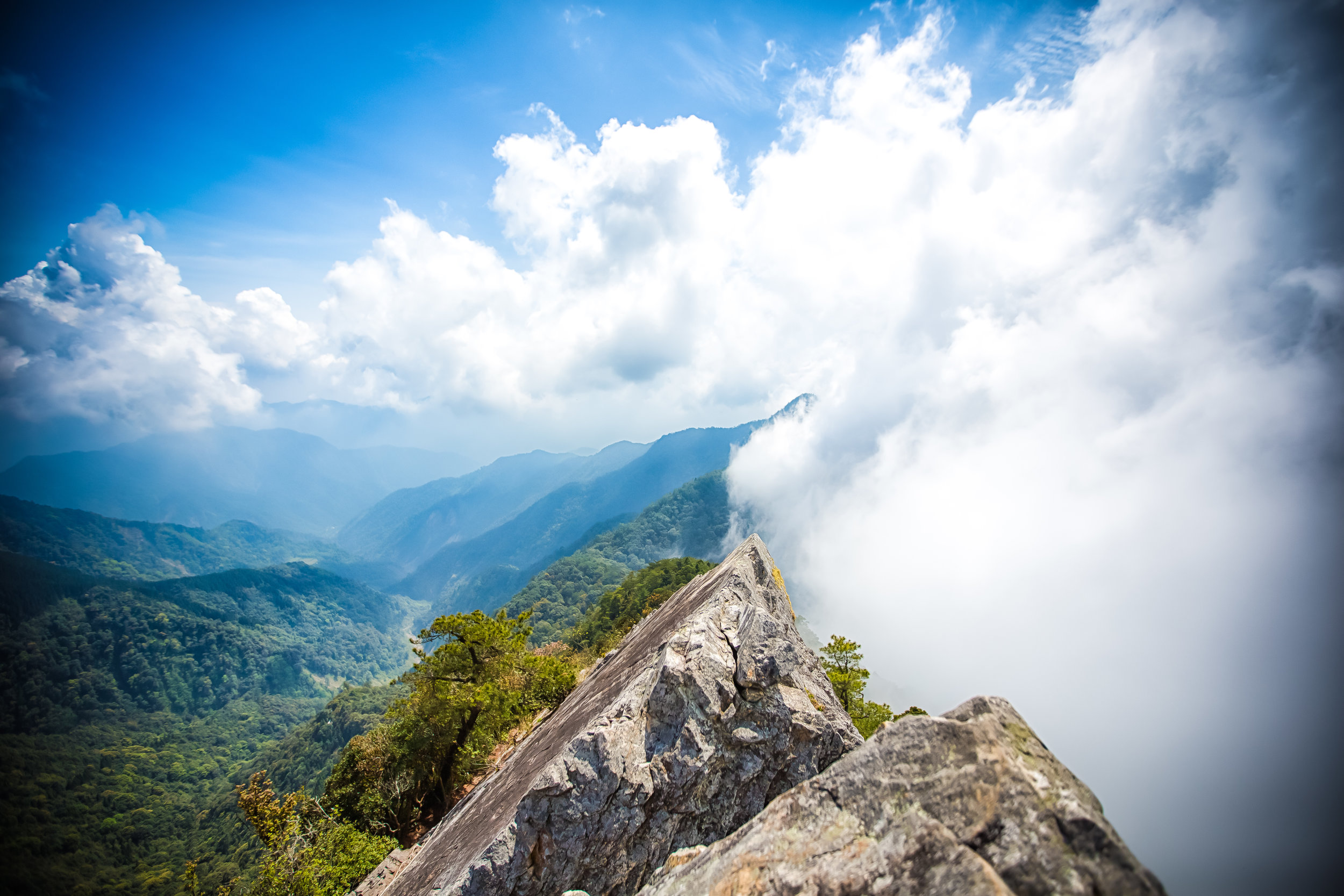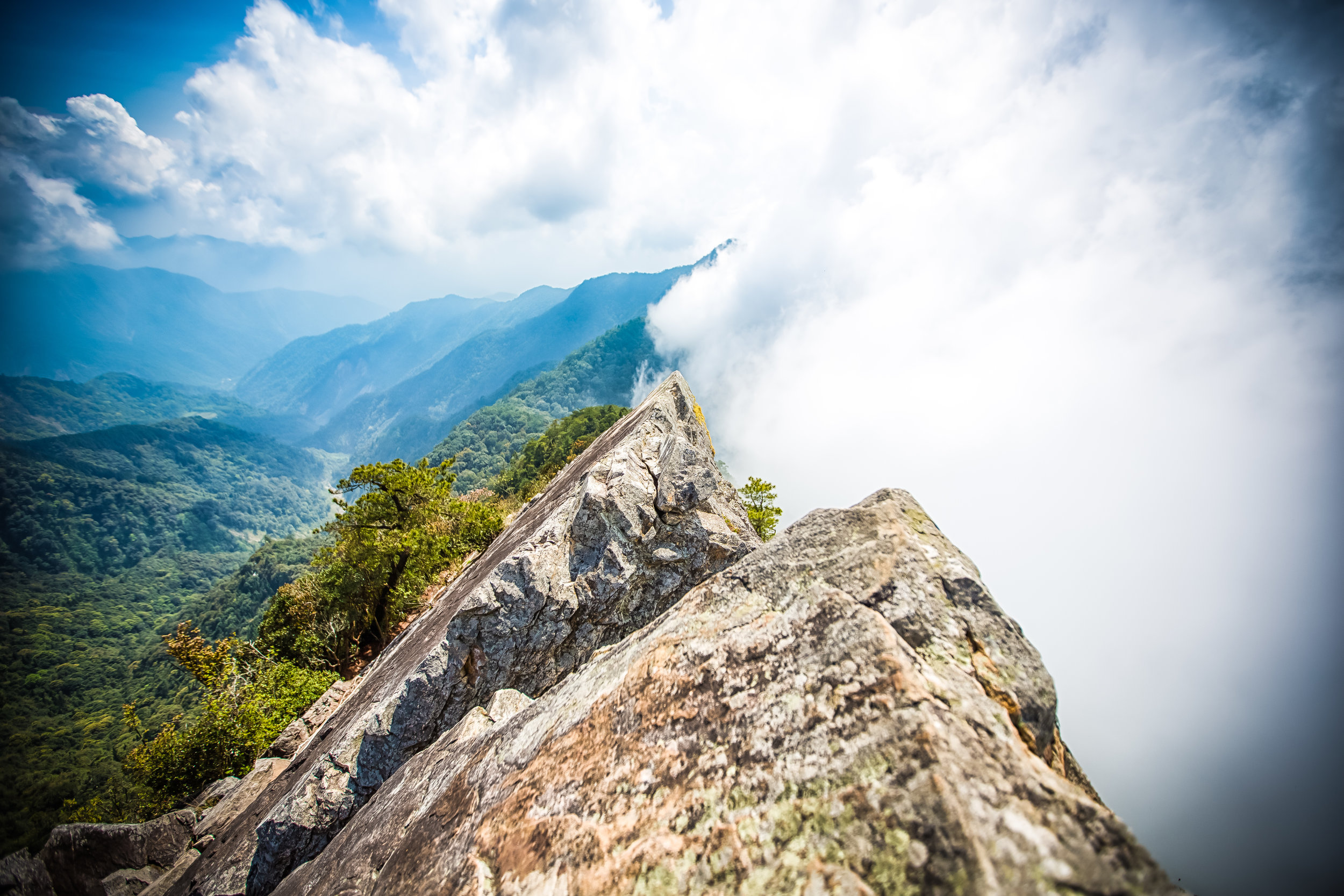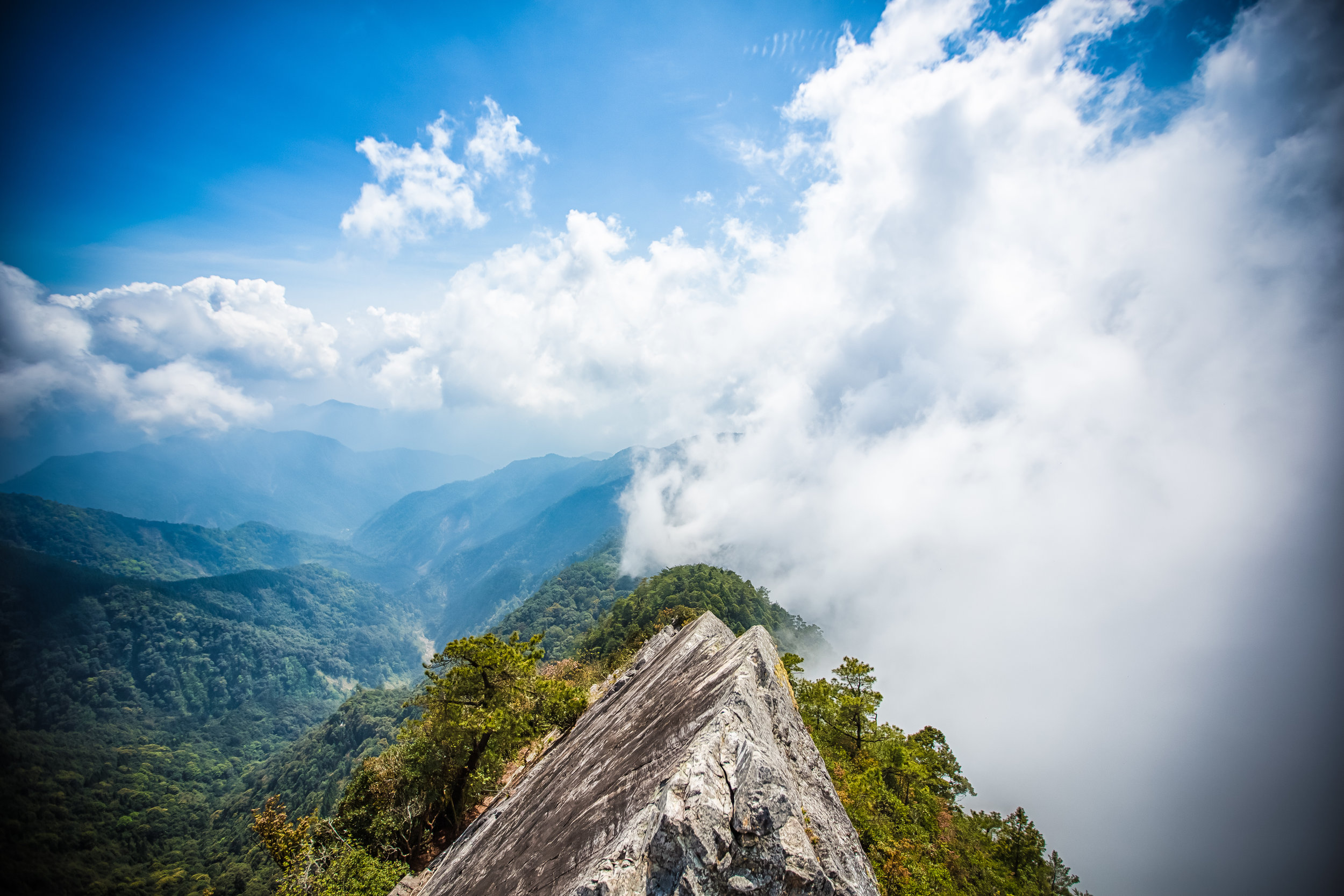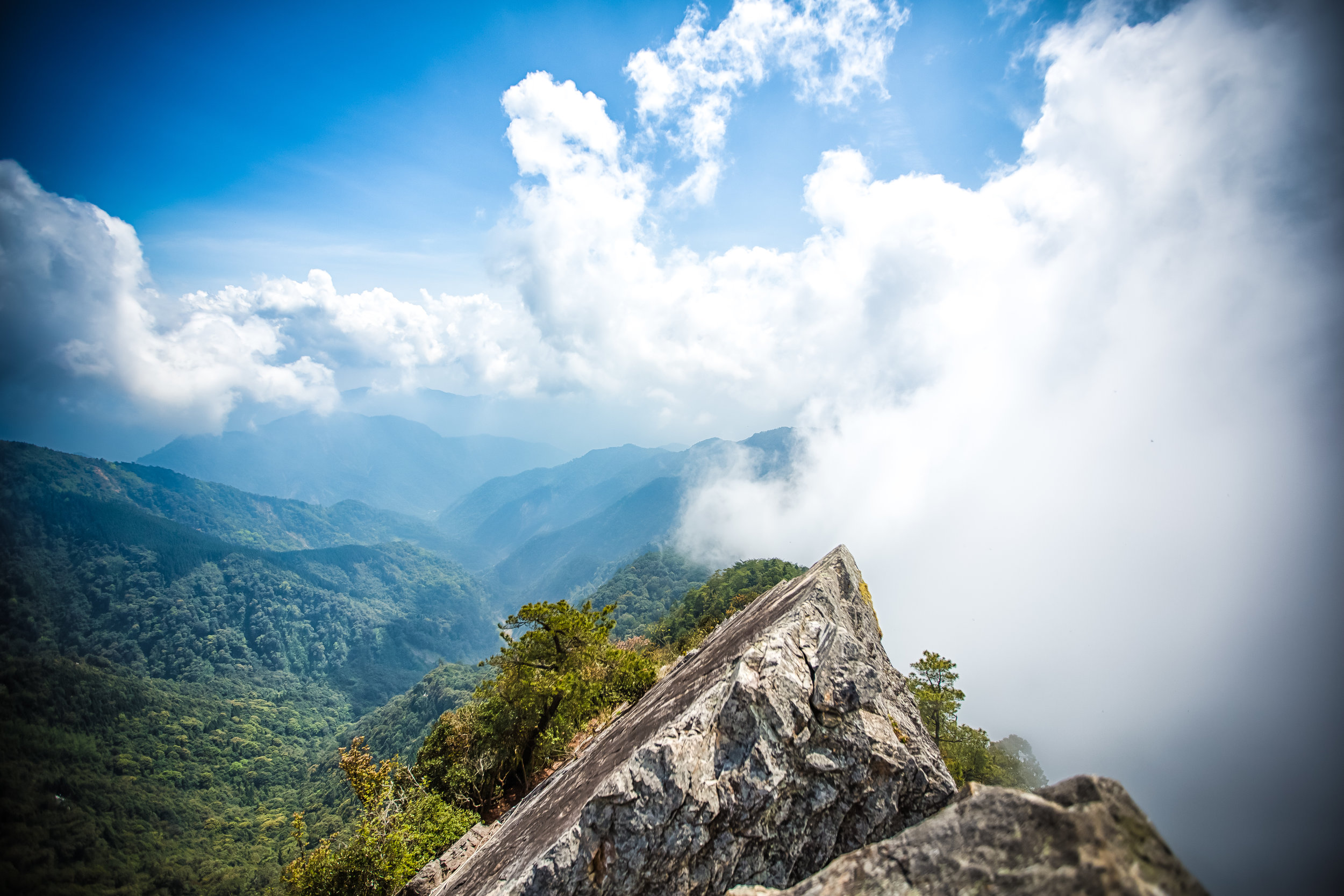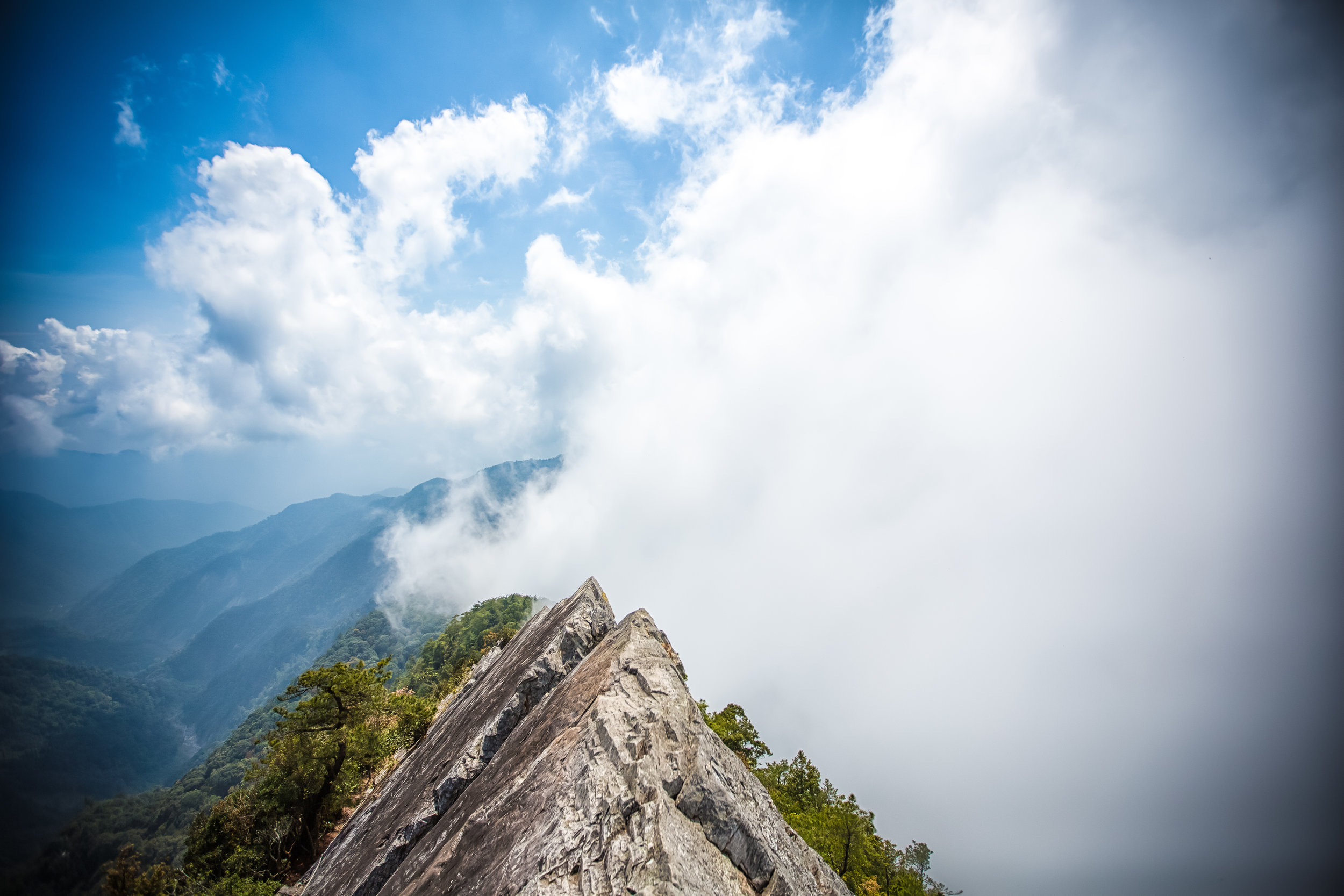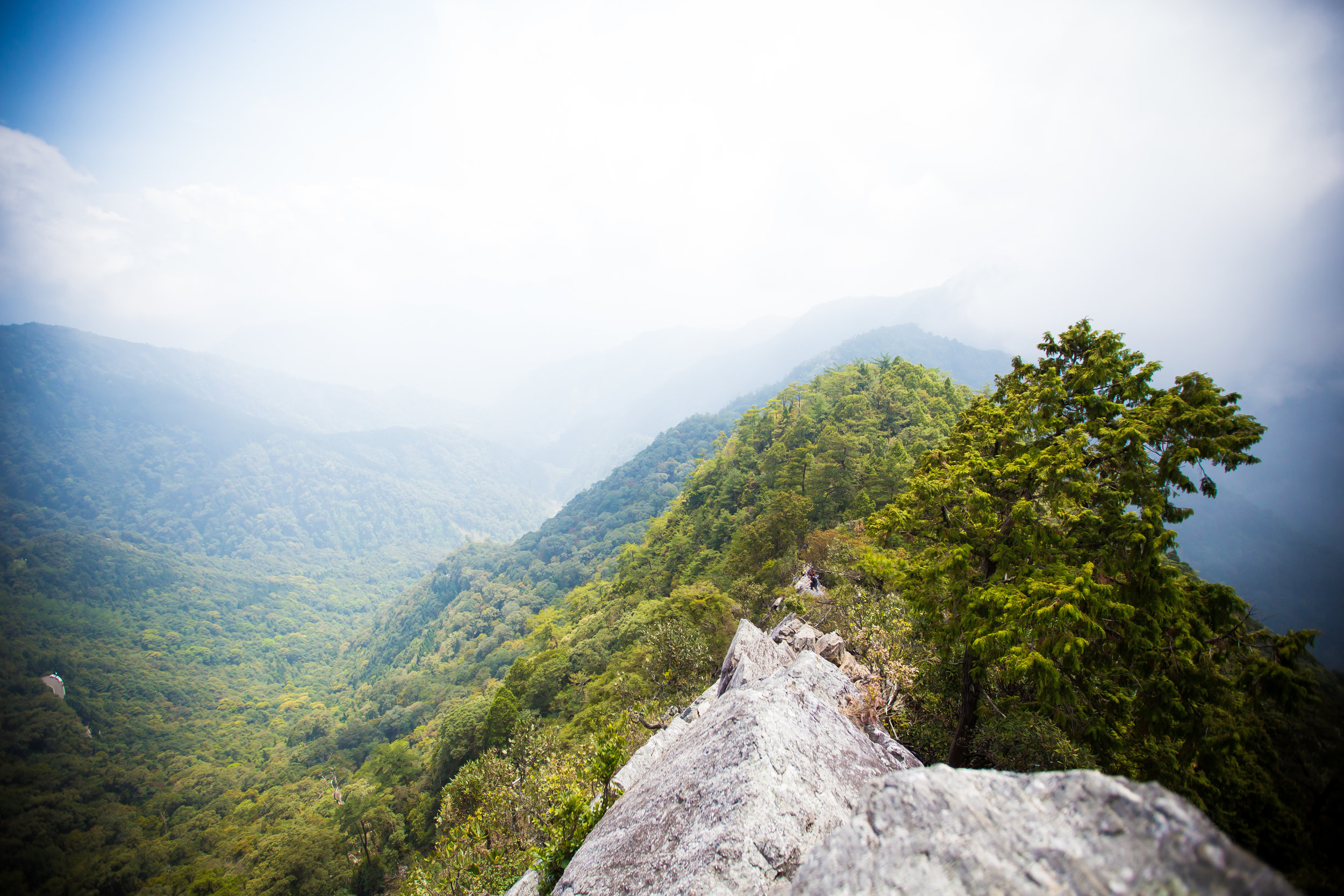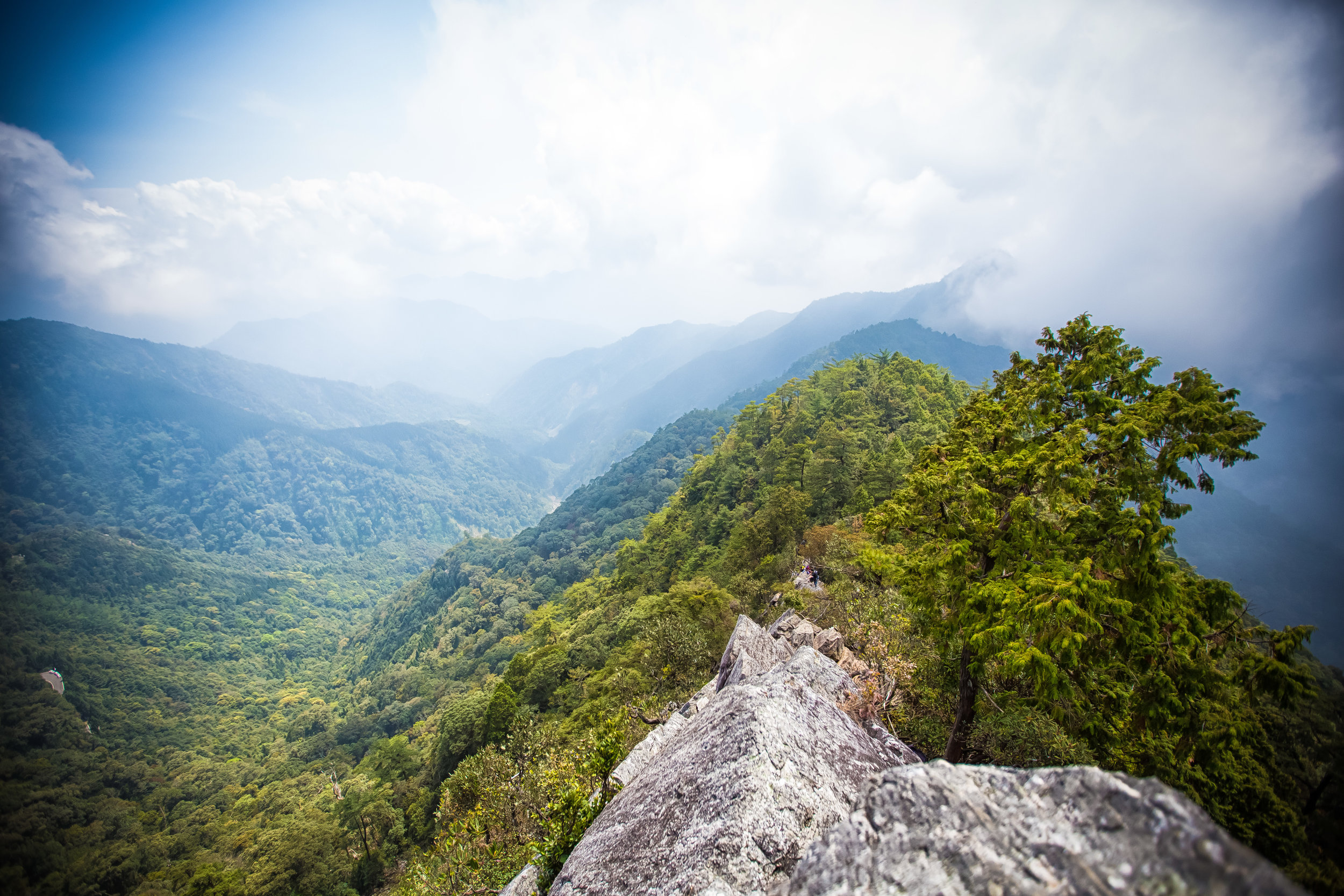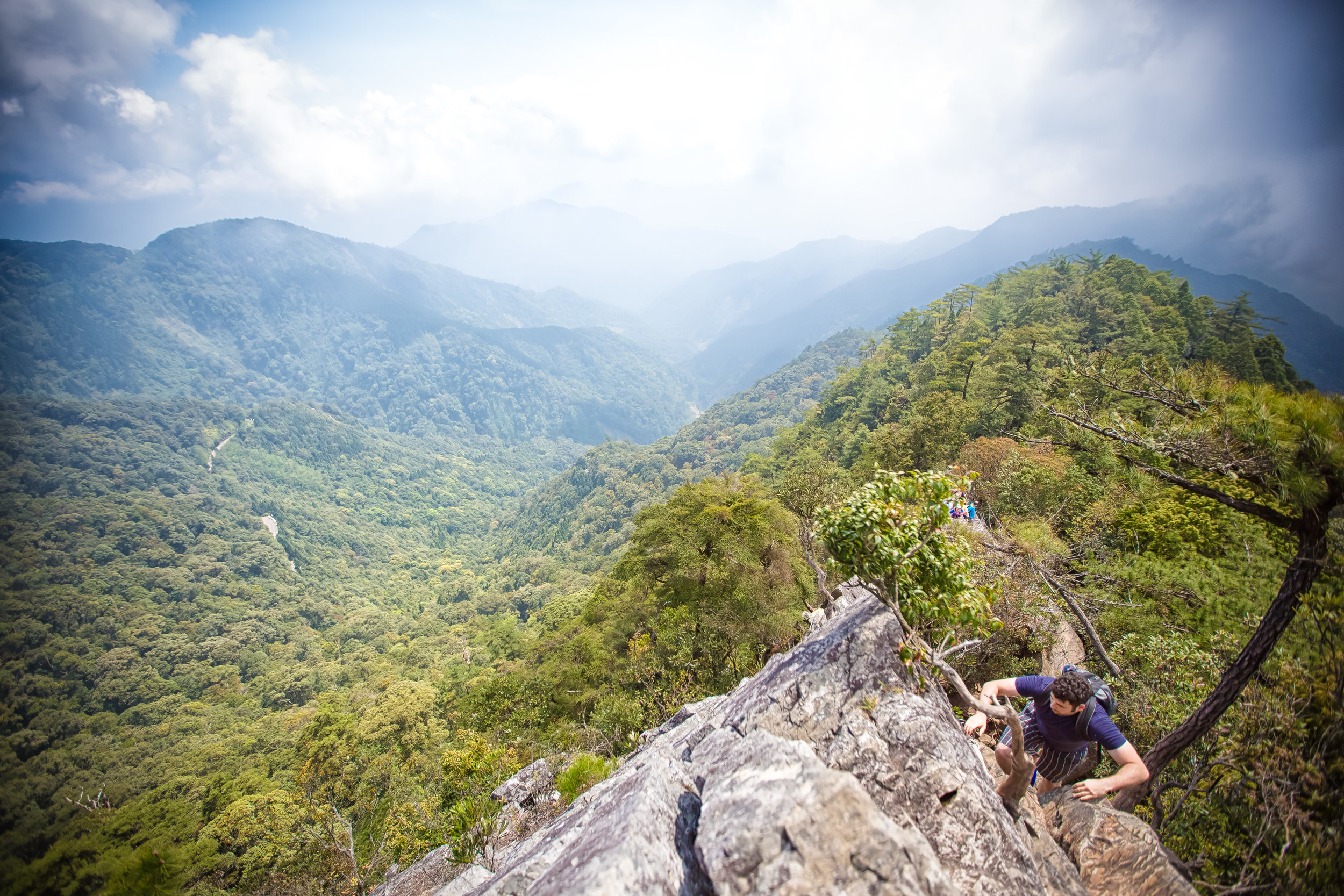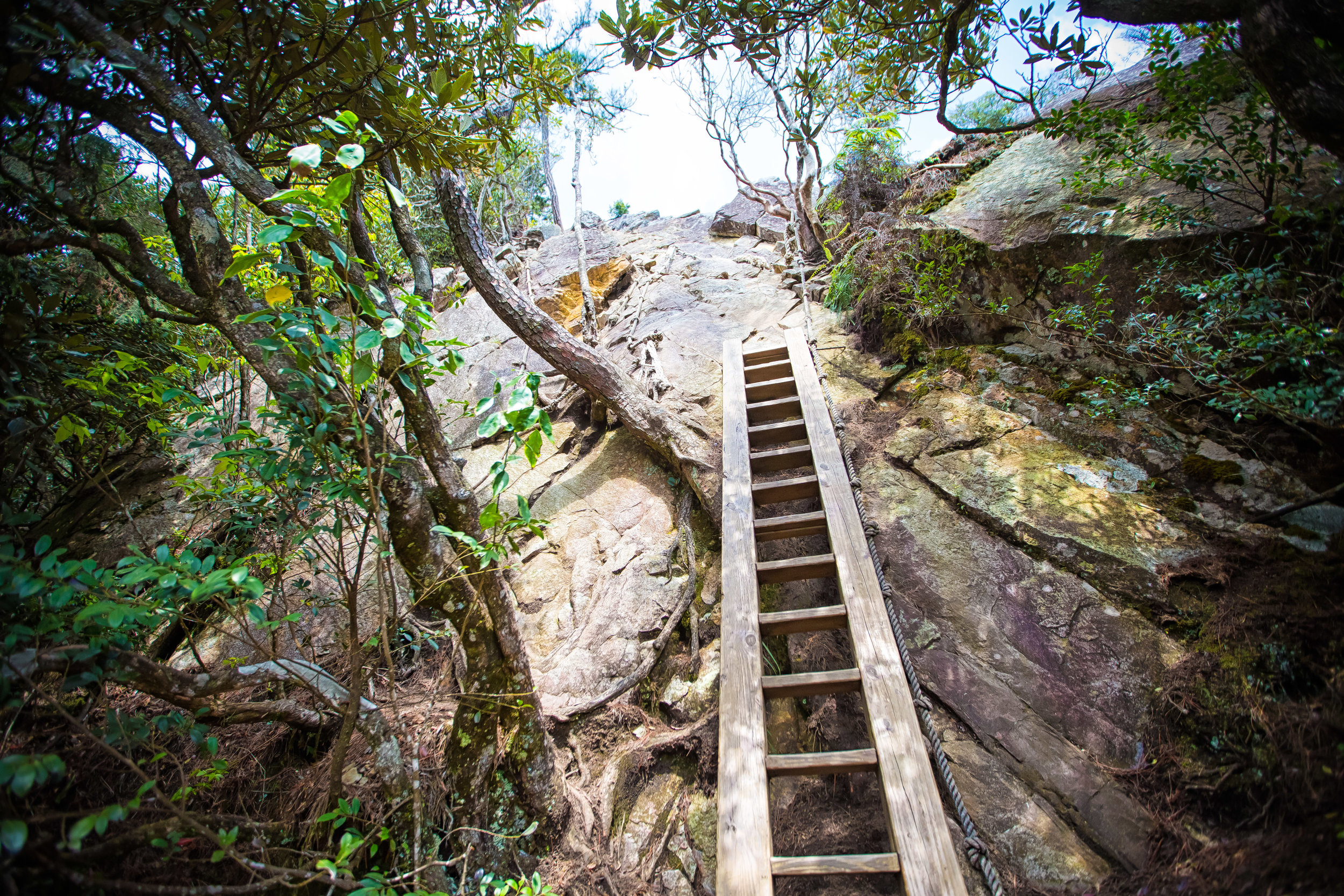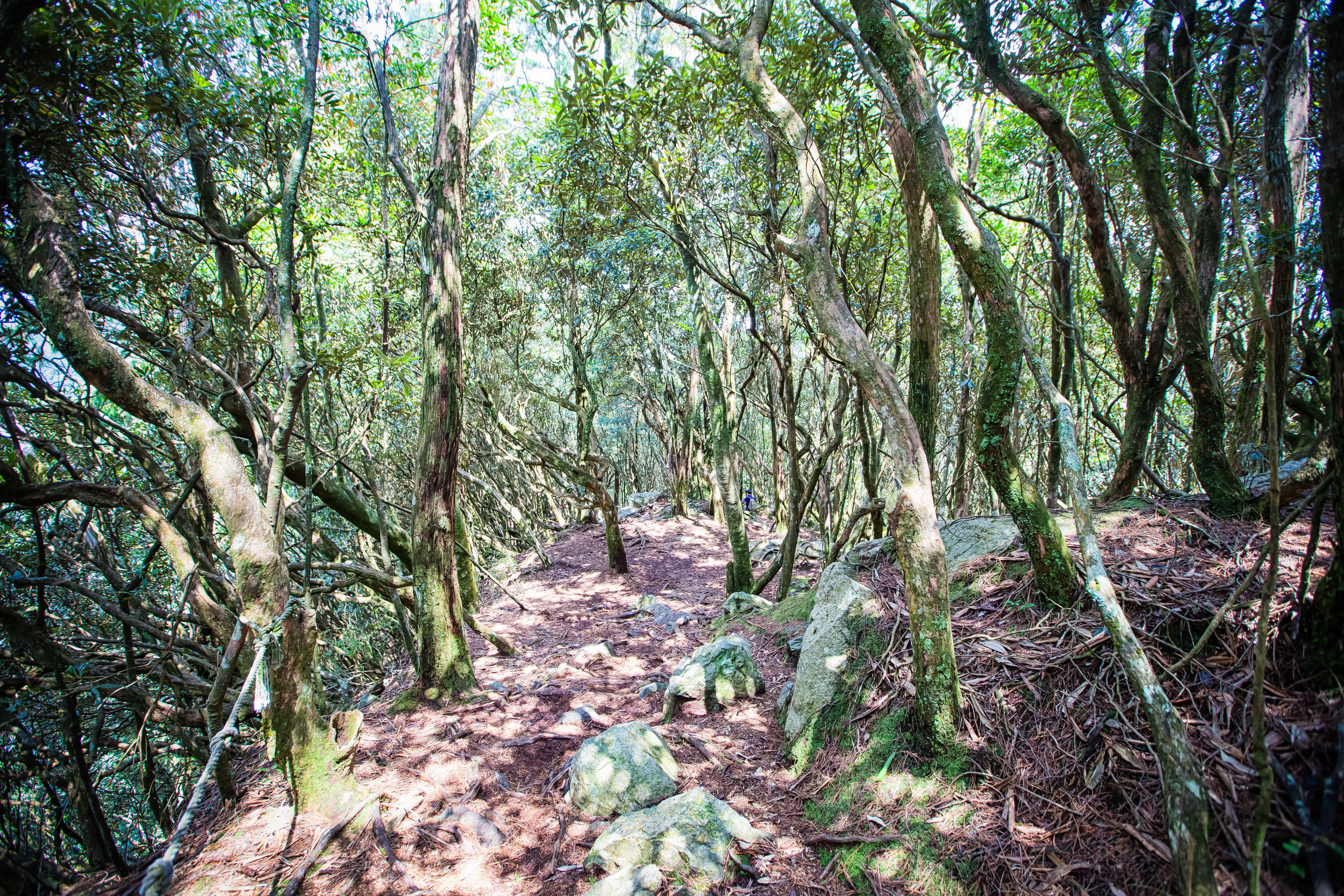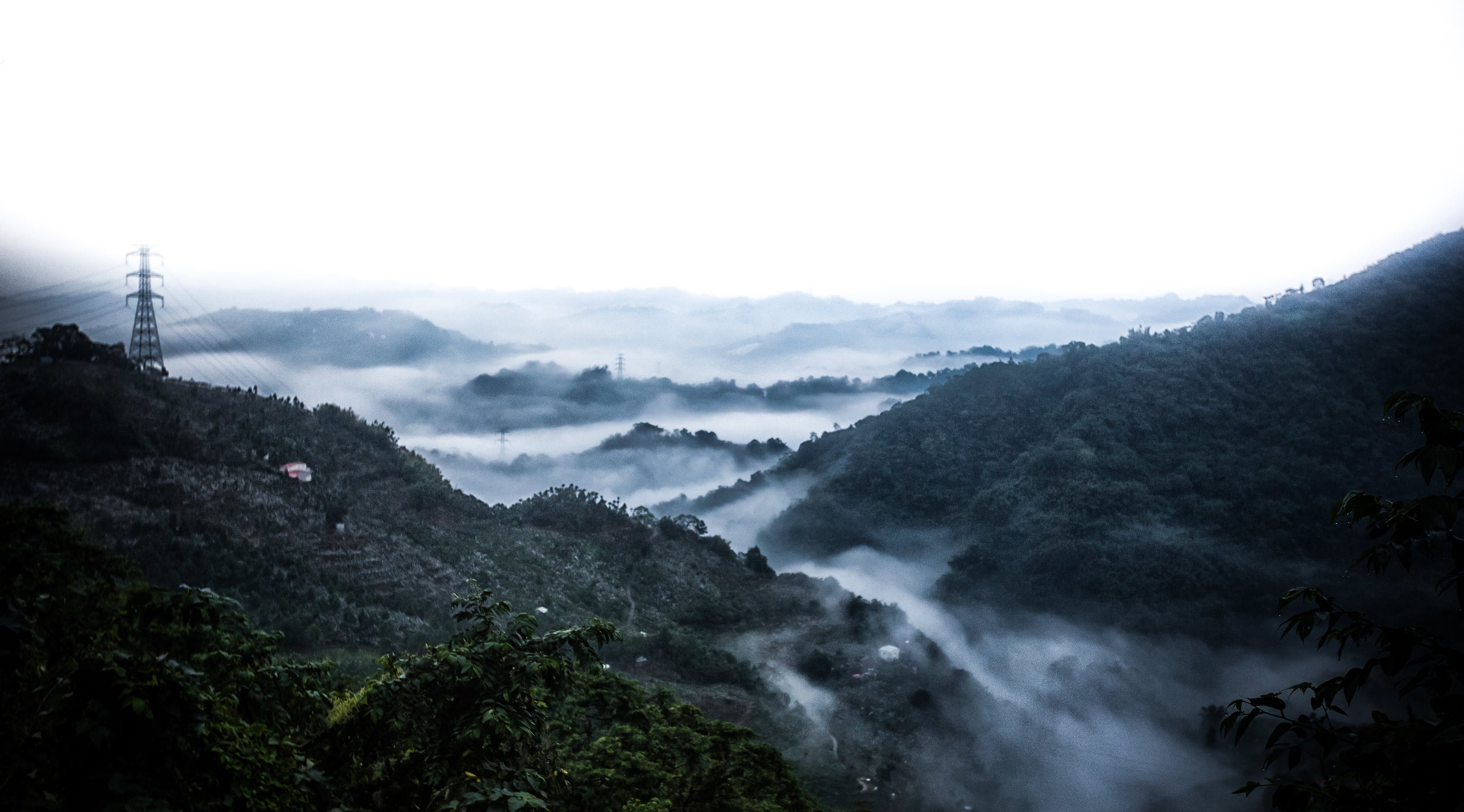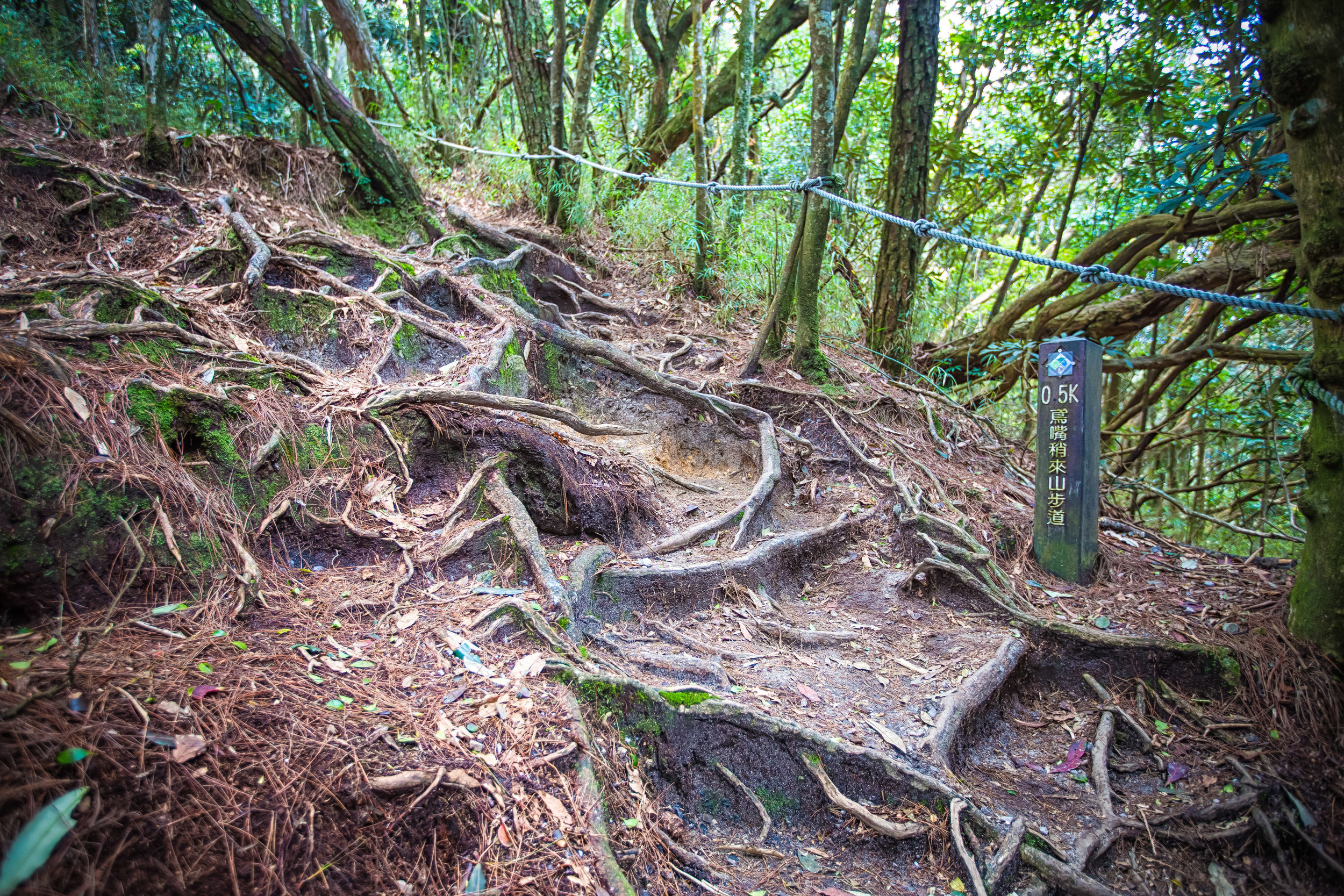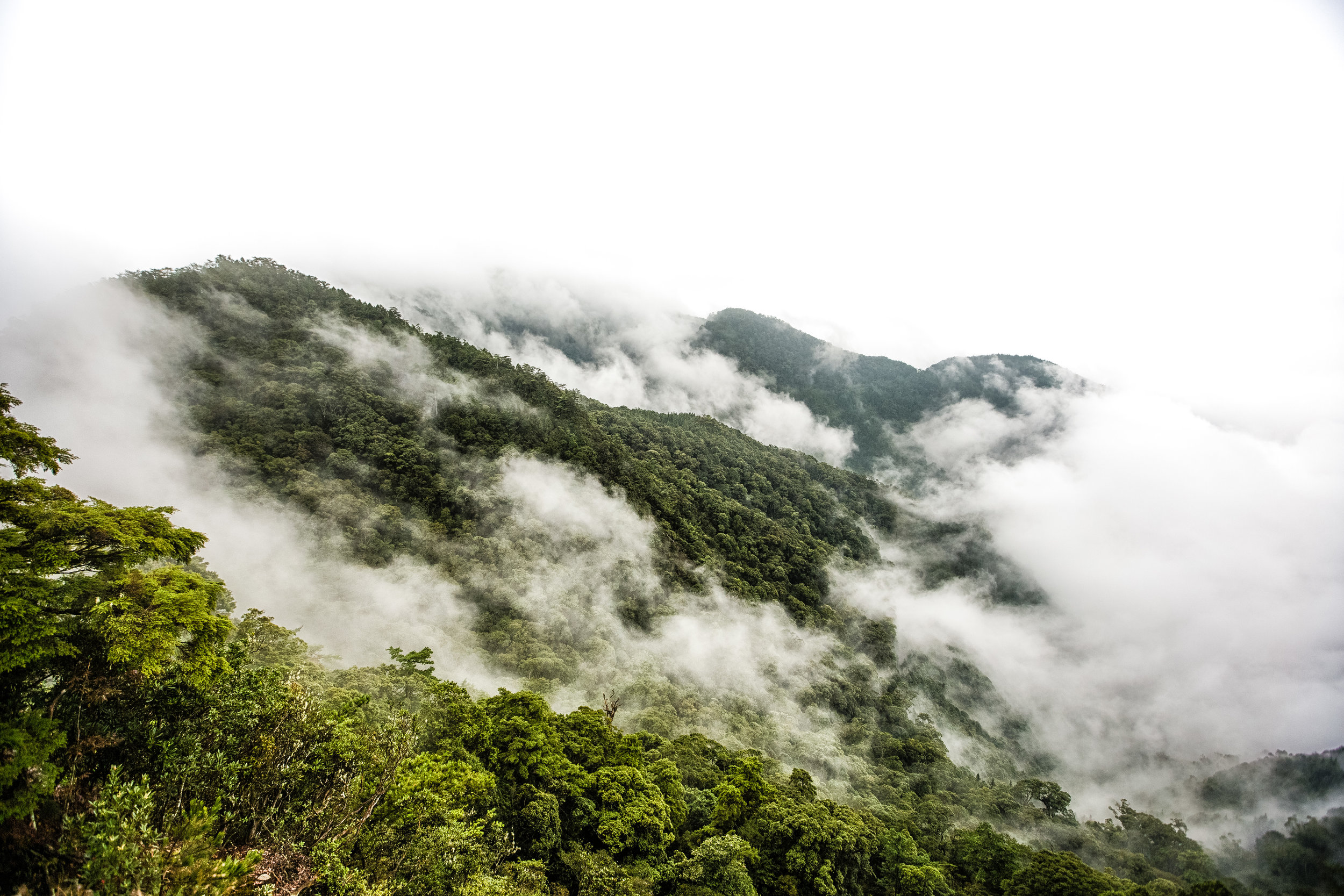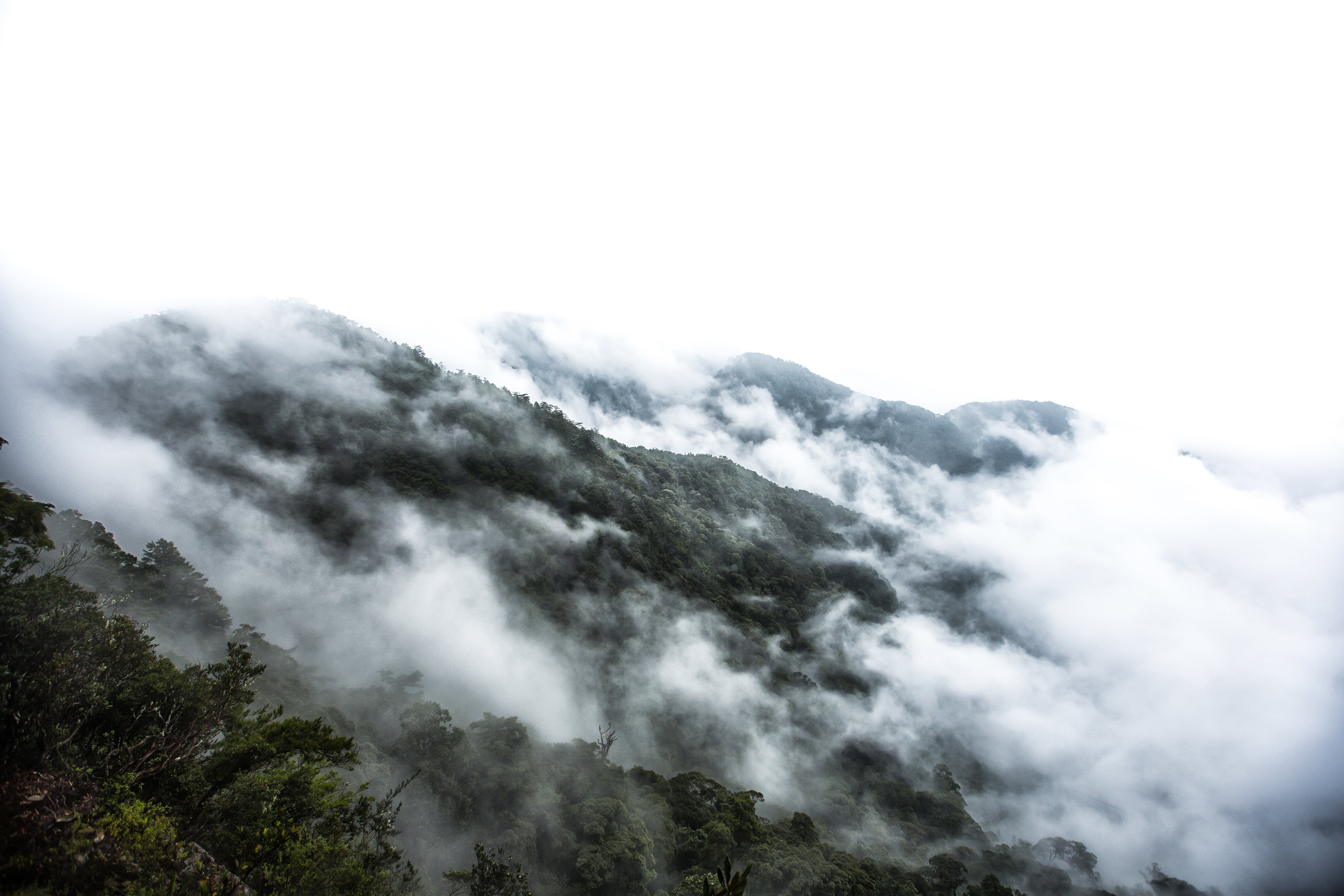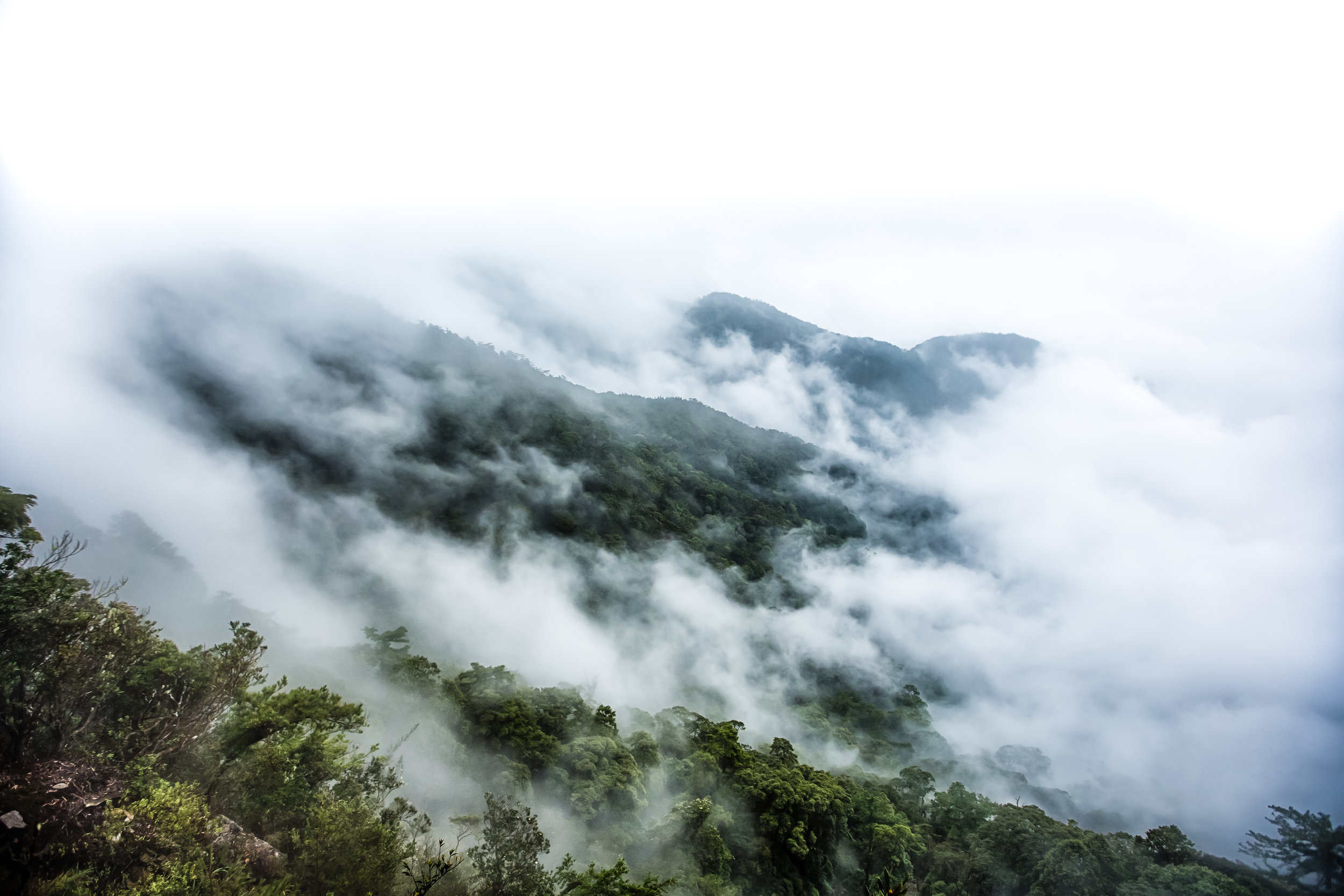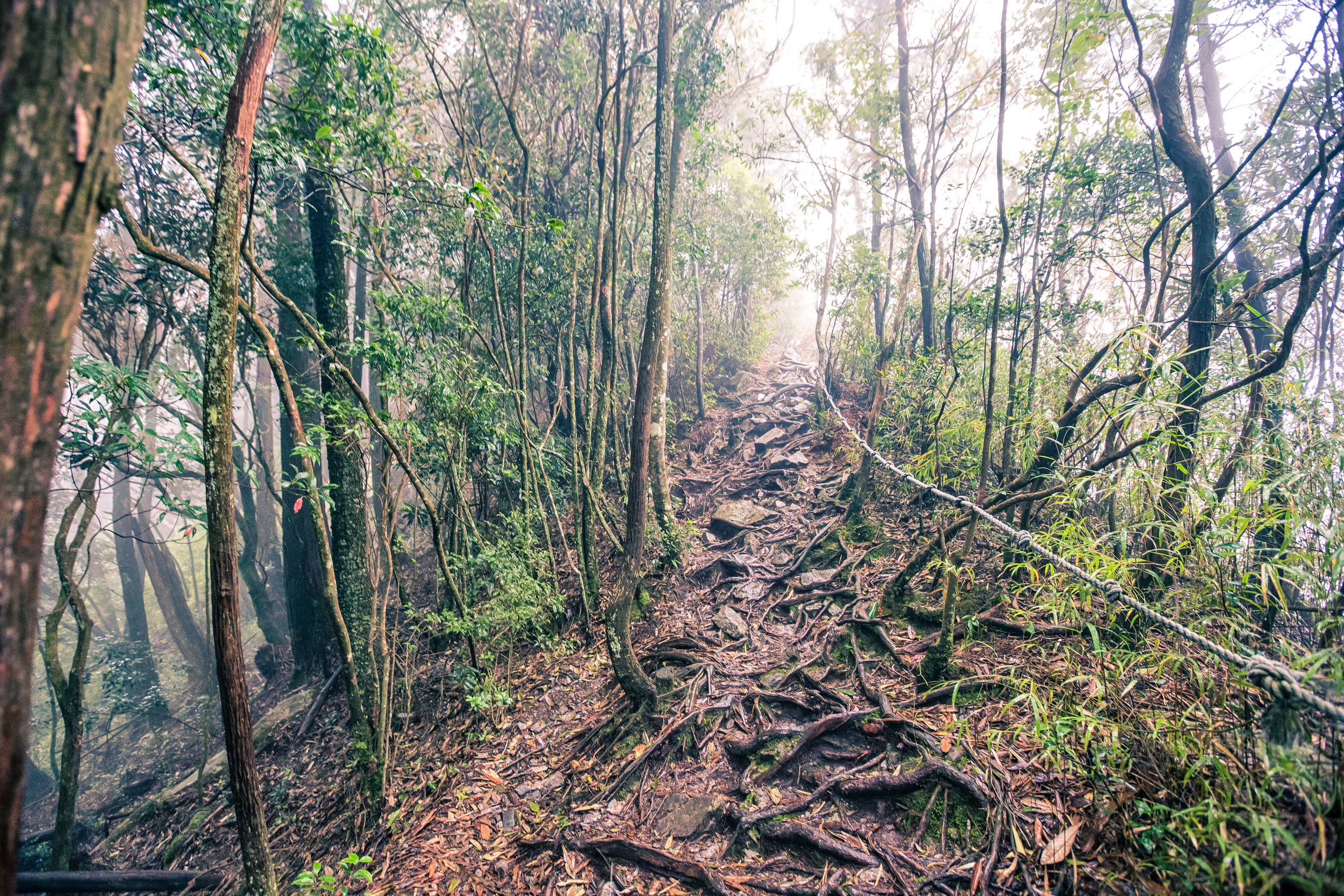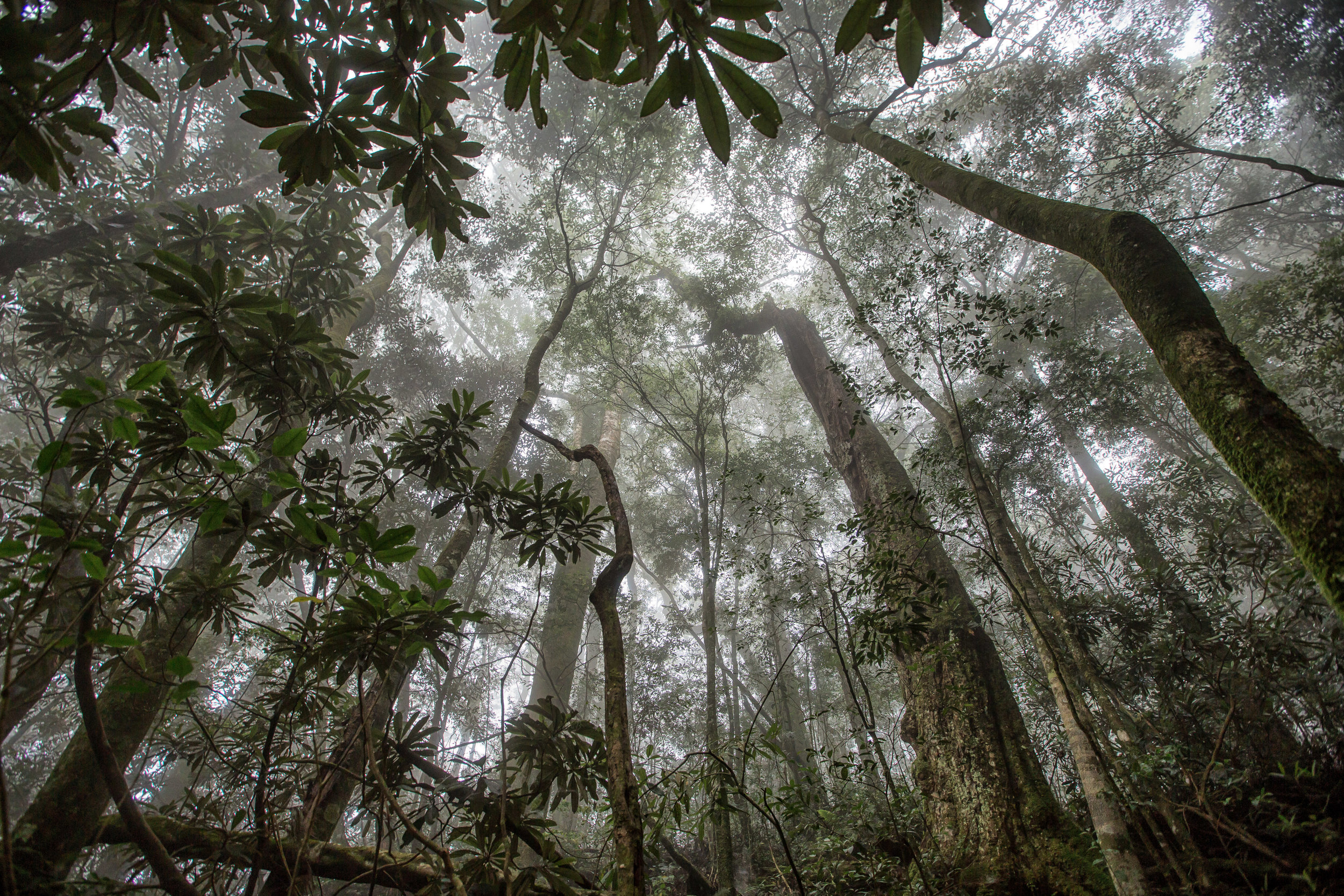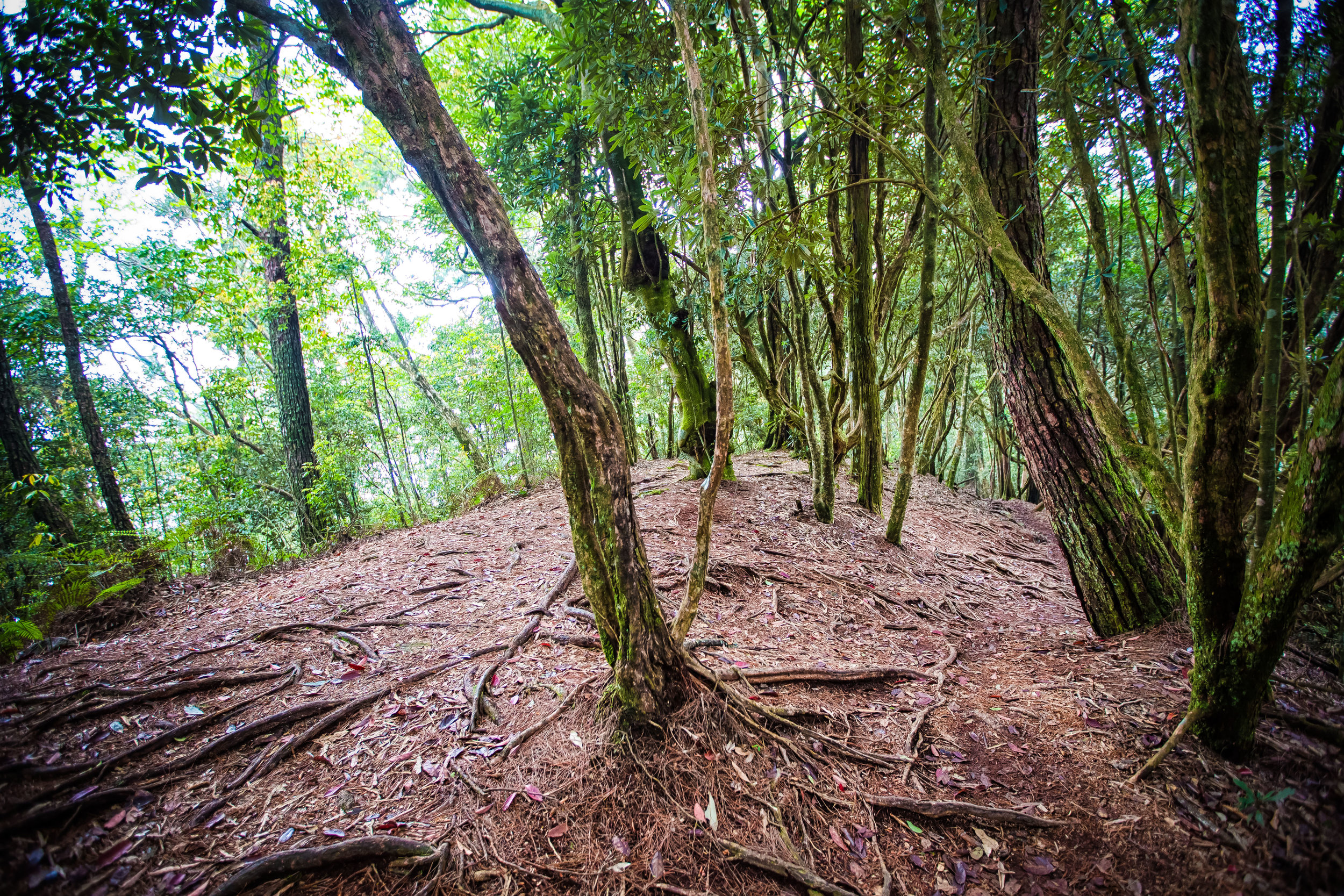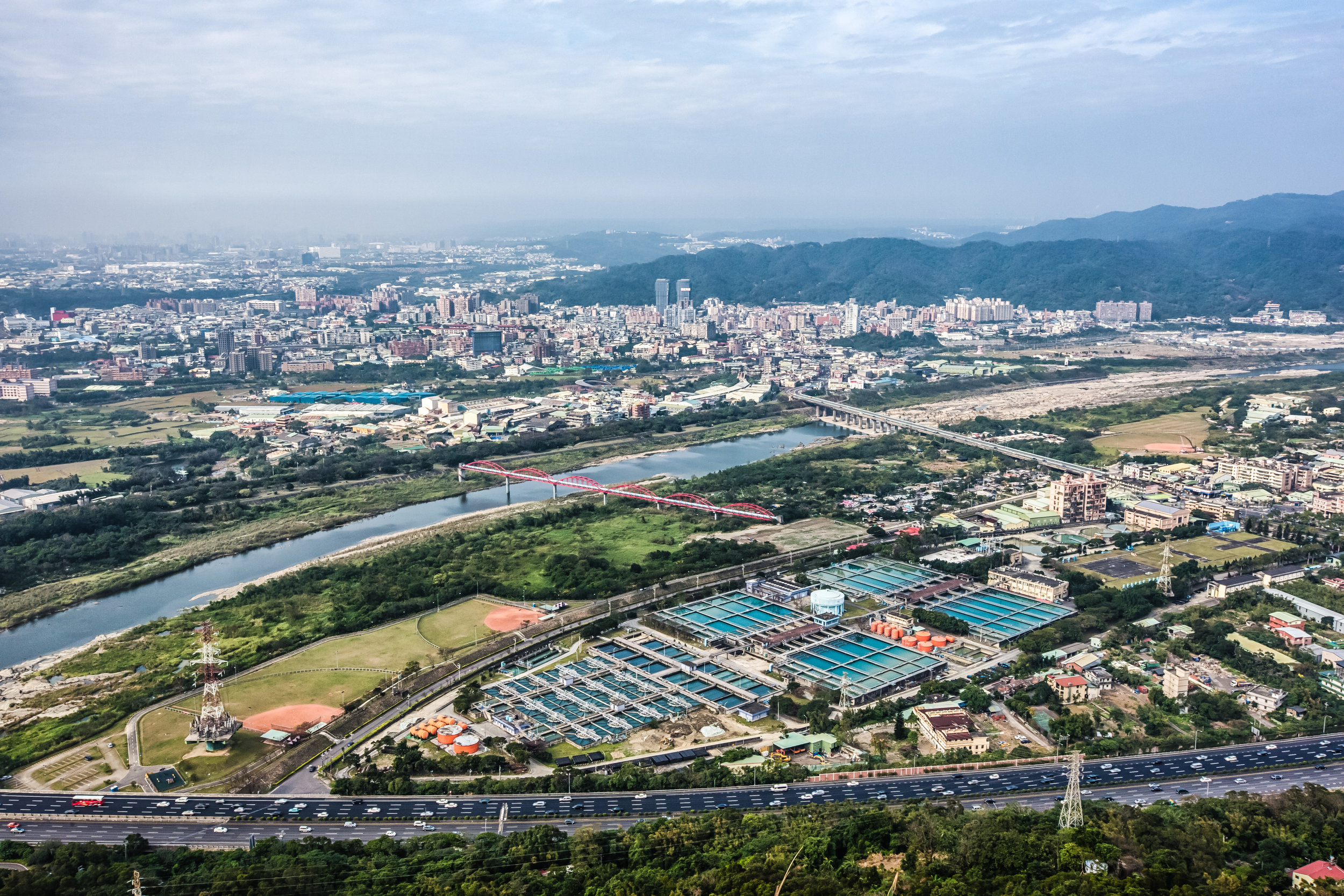In the short time that drone photography has become more accessible to the greater public, I've seen some really creative photos and also some amazing videos which I believe gives a whole new perspective to photography. I have to admit though that I have some mixed feelings about the whole thing.
Whenever I see something cool, I'll show my respect to the photographer - I realize that a lot of work goes into not only travelling to certain locations, but also flying the drones and getting the shots necessary to make a beautiful photo or video.
My reservations are quite simple - Drone photography has the ability to invade people's privacy and in some cases has become a tool for people with nefarious purposes to spy on people in the privacy of their homes. It seems that we see something in the news almost every week about some pervert with a drone doing something stupid.
Why am I talking about all of this?
A few years ago I saw a video made with a drone shared on social media. The video was taken from the top of a mountain here in Taiwan and was so well-made that my jaw dropped at the sheer beauty of the landscape.
The video was taken on the peak of one of Taiwan's "xiao bai-yue" (小百岳) or one of the "100 peaks in the country between 1000-3000 meters above sea level.
Surprisingy, the mountain was a well-known one with Taiwan's avid hiking community but was also one that was quickly becoming popular with the young and beautiful Instagrammers of the world who are constantly on the look out for a beautiful place to take photos.
The mountain, known as Yuanzui Mountain (鳶嘴山) or "Birds Beak Mountain" is most attractive due to the fact that it gives people with even novice hiking ability the chance to climb to one of Taiwan's high peaks and also because the the view from the peak offers amazing 360 degree panoramic views of the mountains and valleys below.
At 2,180 meters (7,152 feet), the mountain is a relatively high one but as it is one of the peaks that belongs to North-Eastern Taiwan's Snow Mountain Range (雪山山脈), it is actually a bit of a baby compared to some of its neighbours which rise up to as high as 3,886 meters.
Don't let that dismay you however as it is one of the most accessible of the "Bai-yue" peaks and does not require hikers to stay overnight or apply for a permit months in advance.
The Hike
Yuanzui Mountain is situated within Taichung's Snow Mountain National Forest Park (大雪山國家森林遊樂區) and is a short hour-long drive outside of Taichung city. With no public transportation available however, the mountain is really only accessible to those who can arrange their own transportation.
This means that for a lot of people, a day trip from Taipei can be a bit difficult if you don't have a car.
Hikers don't necessarily need to apply for a permit before hiking this mountain but it is a good idea while on your way up to the trailhead to stop in at Taichung Police Bureau's Heping Precinct (和平分局大棟派出所) to "sign-in" which more or less just requires you to fill in your name, ID number/passport number and phone number to let the police know you are up on the mountain in case of emergency.
The police station is a few kilometres ahead of the trailhead and can't really be missed as you'll see a bunch of cars parked alongside the small mountain road with hikers inside signing in.
If you don't want to take the few minutes to sign in, its up to you, no one is going to check for a permit at the trailhead, but if there is an emergency its better to be safe than sorry.
I have climbed the mountain on two separate occasions and on both trips it took no more than three hours to complete the hike - I travel quite quickly and rarely stop for breaks though, so if you are planning on doing this hike, at least plan for four or five hours. This means that you should be at the trailhead before noon so that you don't end up losing light at the end of the day.
The trail to the peak is well-developed and also well-marked but it is important that when you hie, the mountain that you travel in a group and don't travel alone.
There are dangerous portions of the hike, so it is important that you take extreme caution and make sure that you are comfortable with using the ropes and climbing up and down a rock face before making an attempt to hike this one.
With that being said though, if I had a ten year old son or daughter, I wouldn't hesitate to take them for a hike on this mountain. If you are in relatively good shape and aren't' afraid of heights, you shouldn't have any problem.
The payoff for those who do complete the hike are beautiful panoramic views of the Snow Mountain range and Taiwan's alpine environment.
As mentioned above, in recent years the peak of Yuanzui Mountain has become a popular place for the young and beautiful people of Instagram to get a selfie. This means that you're going to run into quite a few 'novice' hikers on the trail who have no idea what they're getting themselves into.
The popularity of the mountain means that there is often a bit of congestion on the trail, especially on the sections where ropes are required to pull yourself up and if you end up hiking on a hot day, waiting around in the sun could possibly cause you to get sunburnt or heat stroke. So, when hiking the mountain, its important that you dress appropriately and also bring enough water and food with you in case you start to feel weak.
The hike can be split up into a few different sections - The first section is probably the most tiring part of the whole hike. It is a walk up a tree-covered hill and is probably the most difficult part of the hike where you'll find yourself starting to sweat within the first few minutes.
The second part is where you have to start using ropes and climbing up the rocky side of the mountain. This part is probably one of the funnest and also one of the busiest sections of the hike due to the fact that people tend to go up quite slowly and/or freak out.
The third part is the peak where people tend to hang out for a little while, take photos and have something to eat. The peak is really beautiful and a lot of people want to wait to get their photos on top so you may have to wait around for a little while.
The next part is the way down and basically you have a choice - You can go down the same way you came. If the trail is busy it's probably not the best idea to go down that way. Personally I think the best route is to compete the entire hike by following the trail to the rear trailhead.
The way down is just as fun as the way up and if you enjoy rock climbing you're going to like it. If you're afraid of heights on the other hand you're going to have a difficult time.
Hiking down the mountain, like the way up goes in two different sections - The first is an open faced rock climb down while the second part is a forest-covered walk down the hill to the trailhead. The walk down is a fun one and is the place where I ran into a Formosan Blue Pheasant (藍腹鷴) feeding on seeds on the ground.
The trail is known for its wildlife, and there are signs at the trailhead that mention that there is a possibility of running into one of the extremely rare Formosan Black bears, so make sure to keep your eyes open while walking around and you might see something special.
This hike has become a popular one over the past few years - I'd like to think that we can thank the amazing video I posted above for that but I'm assuming it was more of an Instagram thing that brought it the popularity it enjoys today. No matter what the reason, the popularity this mountain is enjoying at the moment is well deserved. It is a great day-hike and gives even the most inexperienced of hikers an excellent climbing experience.
If you do plan on taking up the challenge, make sure to dress properly, bring enough water, something to eat and prepare for a mild workout. If you're afraid of heights, you may want to bring a friend with you who can cover your eyes or push you to test your limits.
Trailhead Map / Location
Gallery / Flickr (High Res Shots)

